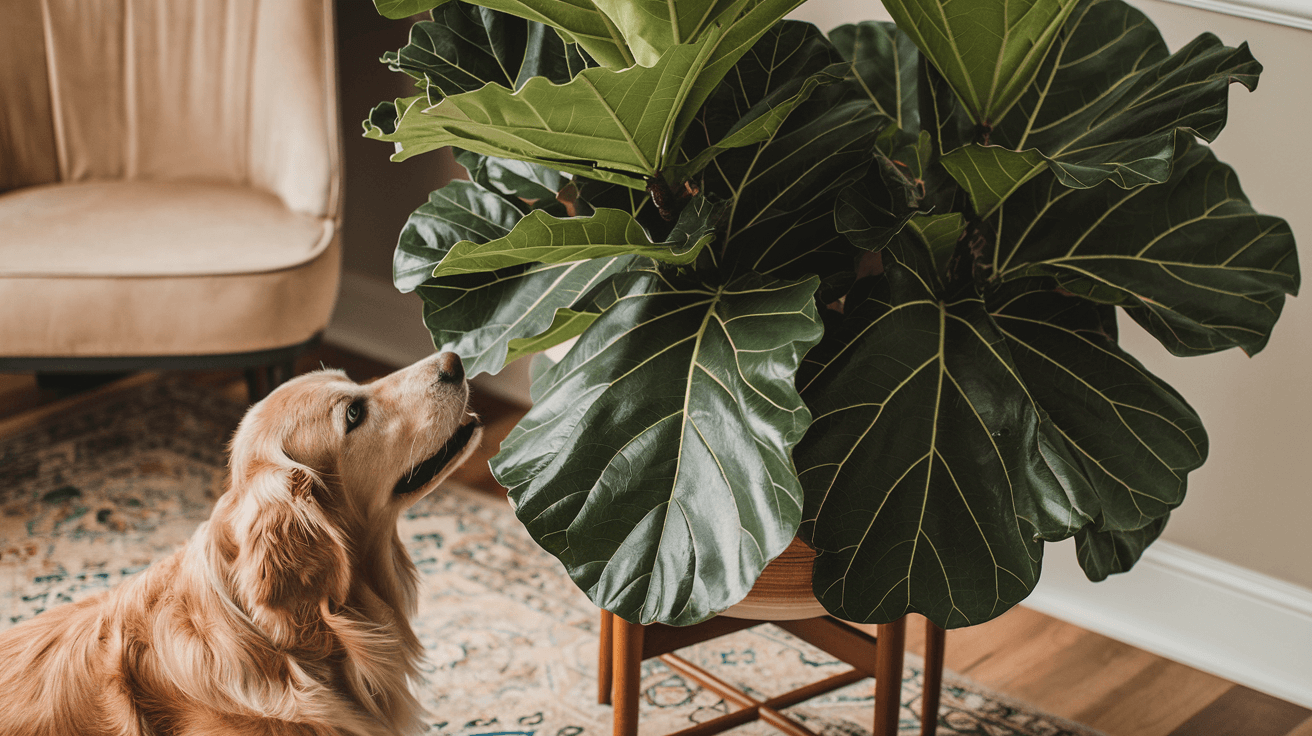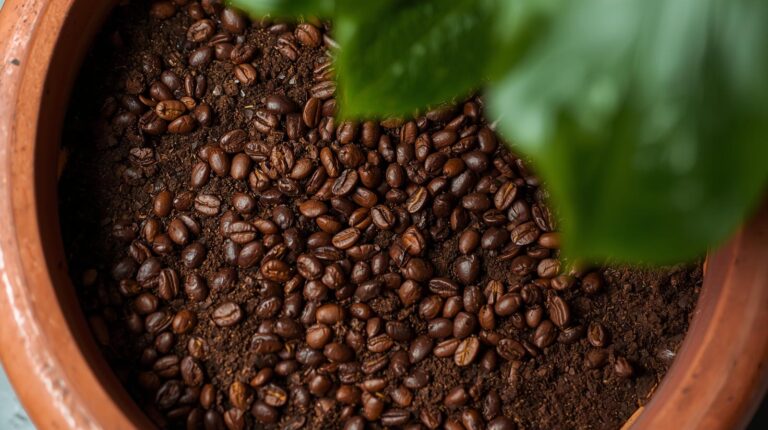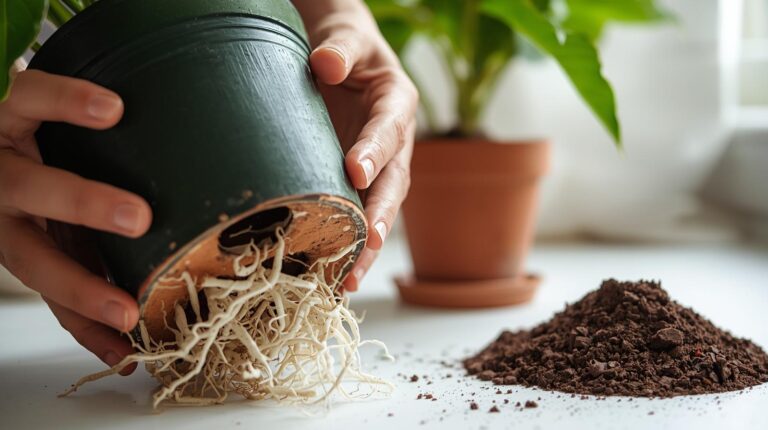The straightforward answer is yes—fiddle leaf figs are toxic to dogs and pose genuine health risks if ingested. This reality creates a dilemma for the countless households that want both the dramatic beauty of these popular houseplants and the safety of their canine companions.
I’ve consulted with pet owners facing exactly this conflict, torn between their love for their trendy fiddle and concerns about their dog’s wellbeing.
The good news is that while fiddle leaf figs do contain harmful compounds, toxicity severity depends heavily on how much the dog consumes, and most cases result in uncomfortable but manageable symptoms rather than life-threatening emergencies.
Understanding exactly what makes fiddles toxic, recognizing the warning signs of ingestion, and implementing practical prevention strategies allows many households to successfully maintain both plants and pets.
This guide breaks down the specific toxins involved, what symptoms to watch for, immediate actions to take if your dog does sample your fiddle, and strategic placement solutions that minimize risk without requiring you to completely eliminate these beautiful plants from your home.
What Makes Fiddle Leaf Figs Toxic
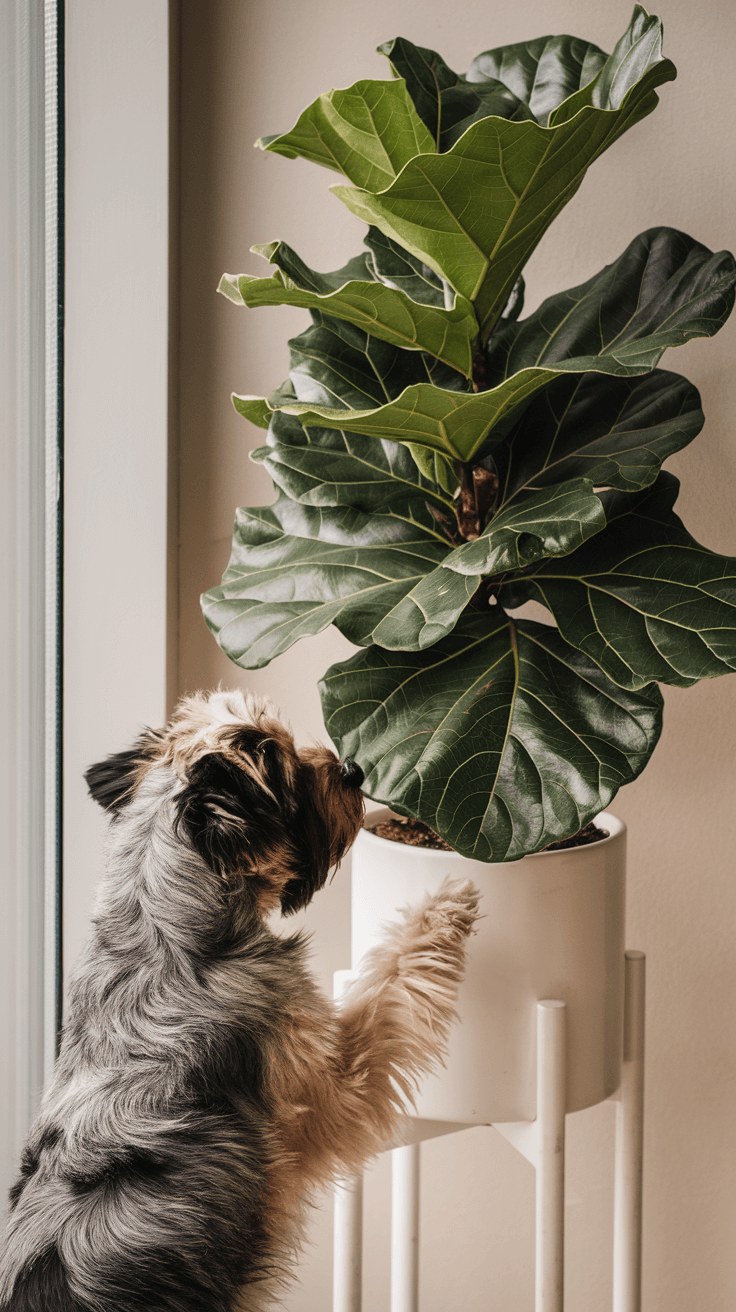
Fiddle leaf figs contain calcium oxalate crystals throughout all parts of the plant—leaves, stems, sap, and even the soil around the roots where leaf matter has decomposed. These microscopic needle-shaped crystals serve as the plant’s defense mechanism against being eaten in the wild.
When a dog bites or chews any part of the fiddle, these crystals are released and immediately begin irritating soft tissues in the mouth, throat, and digestive system.
The crystals work mechanically rather than chemically, essentially embedding themselves in mucous membranes like thousands of tiny glass shards.
This causes immediate intense discomfort that usually stops dogs from consuming large quantities—the pain is self-limiting in most cases.
However, the damage has been done even with small amounts. The crystals also trigger histamine release, which intensifies swelling and inflammation beyond the mechanical irritation alone.
All ficus species contain these oxalates, but fiddle leaf figs have relatively high concentrations.
The large leaves that make fiddles so visually appealing also mean a dog can ingest a significant amount of plant material in a single bite if they manage to reach one.
Puppies and smaller breeds face greater risk because the same amount of plant material represents a larger dose relative to their body weight.
In my experience working with pet-owning plant enthusiasts, the toxicity concern is legitimate but often manageable with appropriate precautions.
The key is understanding that “toxic” doesn’t necessarily mean “deadly”—severity exists on a spectrum based on quantity consumed and individual dog sensitivity.
Recognizing Symptoms of Ingestion
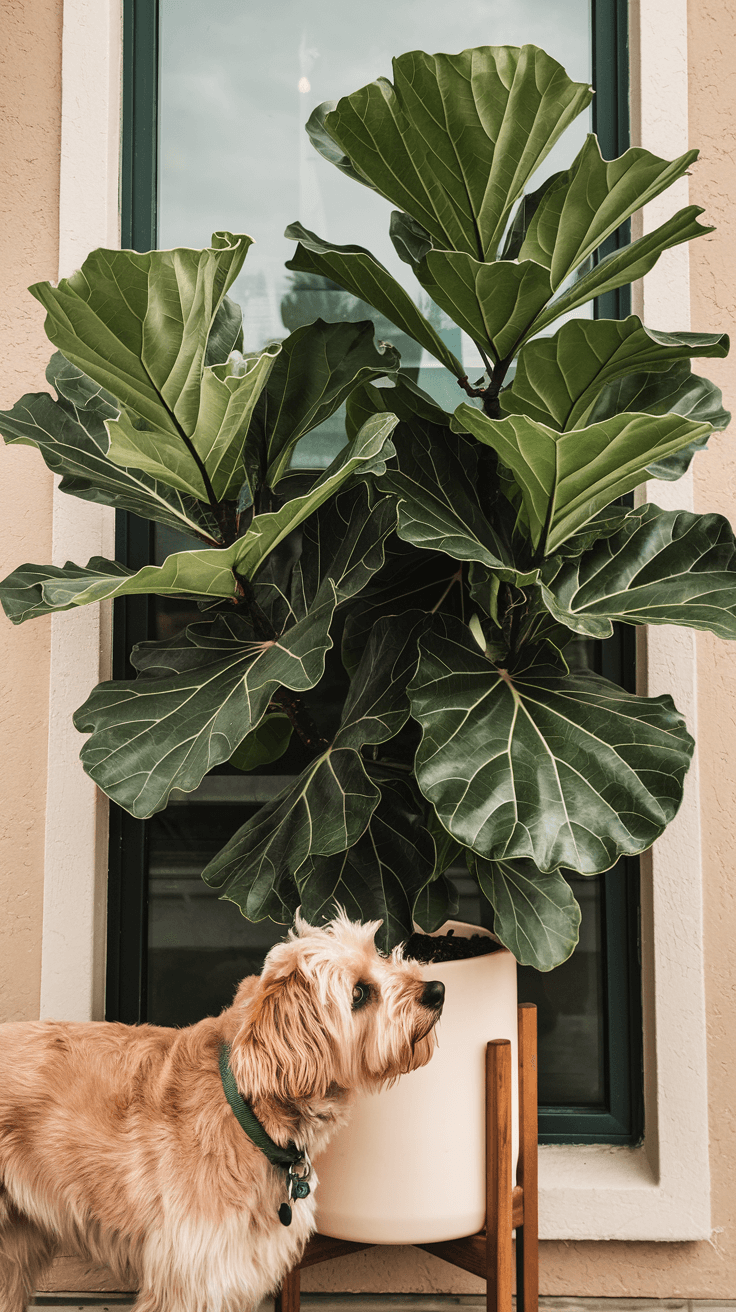
The most immediate and obvious symptom is oral irritation manifesting within minutes of ingestion. Dogs will typically paw at their mouths, drool excessively, and show clear distress.
The drooling is often profuse and may contain traces of blood if the crystals have damaged delicate oral tissues. You might notice your dog frantically trying to drink water or rubbing their face against furniture or carpet in an attempt to relieve the burning sensation.
Visible mouth swelling occurs rapidly, particularly affecting the tongue, lips, and throat. In severe cases, this swelling can compromise breathing, though this is relatively rare with fiddle leaf figs compared to some other toxic plants.
More commonly, the swelling makes swallowing difficult and painful, leading dogs to refuse food and water even hours after the initial exposure.
Gastrointestinal symptoms develop if enough plant material reaches the stomach. Vomiting typically occurs within 30 minutes to 2 hours after ingestion as the body attempts to expel the irritating substance. Diarrhea may follow, sometimes containing visible plant matter.
These digestive symptoms can persist for 12-24 hours depending on how much was consumed.
Behavioral changes accompany the physical symptoms—affected dogs often become withdrawn, restless, or clingy. They may whine or vocalize more than usual due to discomfort.
Loss of appetite extending beyond the initial incident suggests ongoing irritation, and lethargy indicates the body is dealing with significant stress from the toxic exposure.
Watch for progression of symptoms rather than assuming initial mild reactions will remain stable.
If swelling increases, breathing becomes labored, or the dog seems increasingly distressed hours after exposure, these are red flags requiring immediate veterinary attention.
Immediate Actions If Your Dog Eats Fiddle Leaf Fig
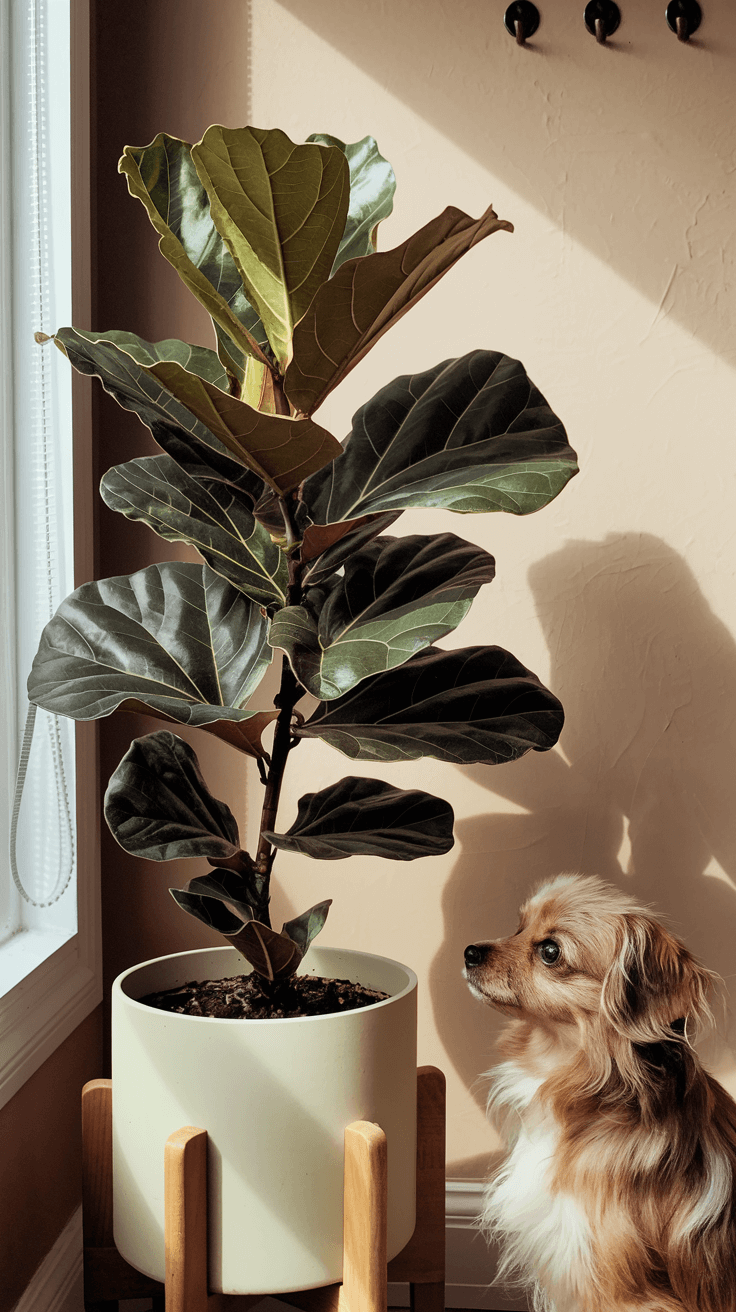
First, remain calm and assess what happened. Try to determine how much plant material your dog actually consumed—a single small bite versus eating an entire leaf represents very different risk levels.
Remove any remaining plant material from your dog’s mouth if possible, wearing gloves to protect your own hands from the irritating sap.
Do not induce vomiting unless specifically instructed by a veterinarian or pet poison control. The calcium oxalate crystals can cause additional damage coming back up through the esophagus, and vomiting induction carries its own risks.
Instead, offer fresh water to help flush the mouth and dilute any plant material in the stomach, though don’t force your dog to drink if they’re refusing.
Contact your veterinarian or the ASPCA Animal Poison Control Center immediately to report the incident and receive professional guidance.
Have information ready about your dog’s size, the approximate amount consumed, when ingestion occurred, and what symptoms you’re observing. They’ll advise whether home monitoring is sufficient or if you need to bring your dog in for evaluation.
For mild cases with minimal consumption, vets often recommend monitoring at home while ensuring the dog stays hydrated.
You might be instructed to offer soft, bland foods once the initial mouth irritation subsides. Ice chips or frozen broth can provide soothing relief for oral discomfort and encourage hydration.
Seek immediate emergency care if your dog shows difficulty breathing, extensive facial swelling, continuous vomiting, bloody stool, or extreme lethargy.
These symptoms indicate a more serious reaction requiring professional intervention with antihistamines, anti-inflammatory medications, or supportive care like IV fluids.
Prevention Strategies and Safe Placement
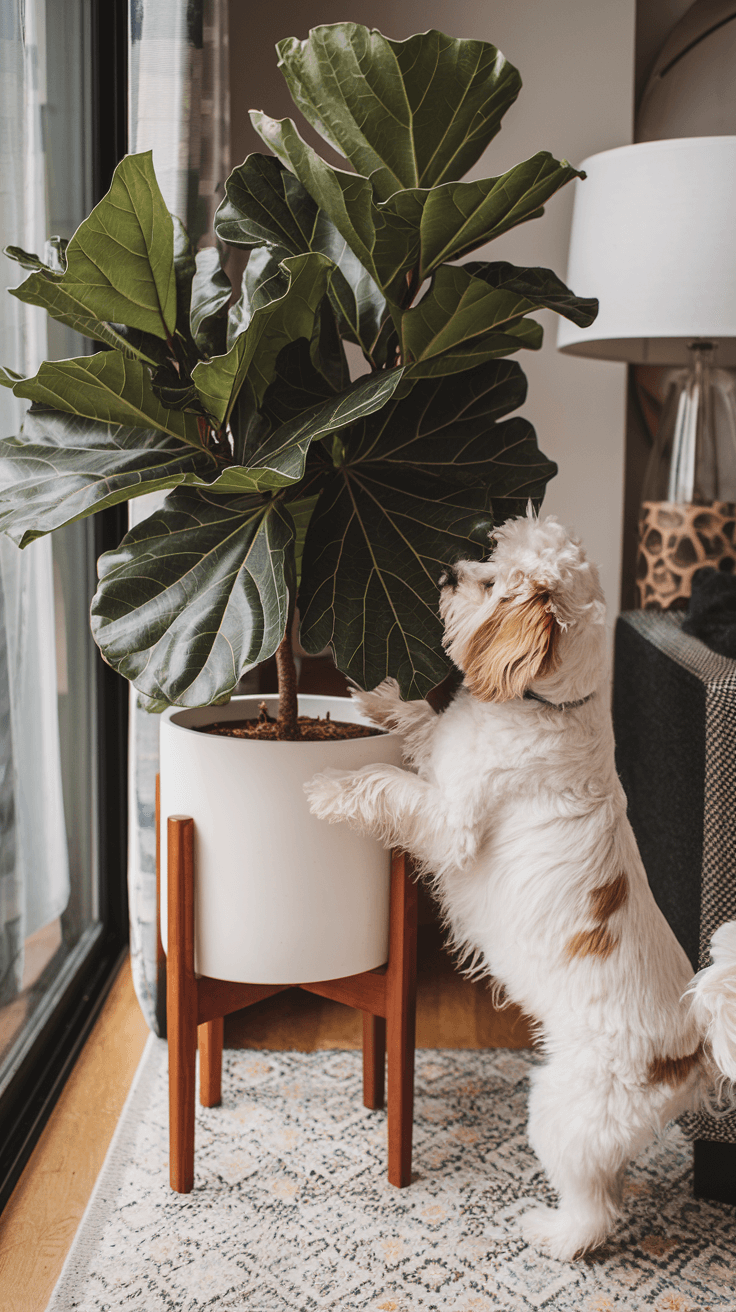
The most reliable prevention is strategic placement beyond your dog’s reach. Fiddle leaf figs work well on high plant stands, shelves, or tables that dogs cannot access by jumping or standing on hind legs.
I’ve successfully maintained fiddles in homes with large dogs by using 3-4 foot tall plant stands that elevate the lowest leaves well above nose height.
Create physical barriers using decorative plant screens, furniture arrangement, or baby gates to restrict access to rooms where fiddles are placed.
Many pet owners designate certain rooms as plant rooms where dogs aren’t allowed unsupervised. This requires training and consistency but proves effective once established.
Deterrent sprays formulated with bitter apple or citrus can make fiddle leaves unappealing to curious dogs, though effectiveness varies by individual.
Some dogs remain deterred after one taste of the spray, while others ignore it entirely. Reapplication is necessary after watering or leaf cleaning since these sprays wash away.
Training commands like “leave it” provide active management when you’re present. Practice this command consistently using treats and positive reinforcement, then apply it whenever your dog shows interest in the fiddle.
Supervision remains critical—even well-trained dogs may investigate plants when bored or stressed.
Consider your specific dog’s personality and history. High-energy puppies and dogs with known chewing behaviors pose higher risk than calm, mature dogs who’ve never shown interest in plants.
Young puppies explore everything orally and simply shouldn’t be in rooms with accessible fiddles during this developmental phase.
Pet-Safe Alternatives to Fiddle Leaf Figs
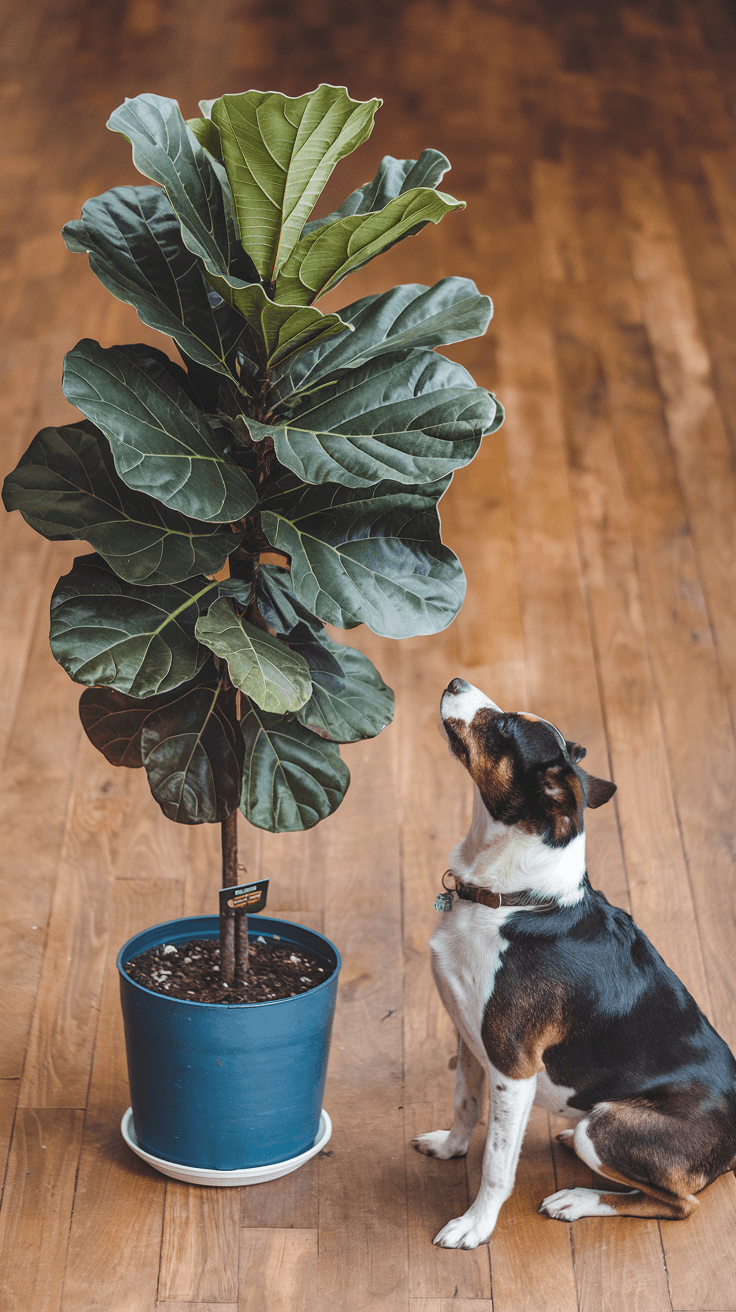
If the risk feels too great or your living situation makes safe placement impossible, several pet-friendly plants offer similar visual impact.
Areca palms provide dramatic vertical height and feathery foliage without toxicity concerns. Bird of paradise creates architectural interest with large leaves reminiscent of fiddles but safe for curious pets.
Money trees offer sculptural braided trunks and lush green foliage, remaining completely non-toxic to dogs.
Spider plants work for smaller spaces, producing cascading foliage that’s actually safe for dogs to nibble. Boston ferns add lush, full greenery and also purify air without posing health risks.
For those committed to ficus species despite the toxicity, the weeping fig (Ficus benjamina) contains lower oxalate concentrations than fiddle leaf figs, though it’s still not completely safe.
However, if you’re eliminating one toxic plant, choosing a fully safe alternative makes more sense than substituting with a slightly-less-toxic option.
The reality is that no plant matches the exact aesthetic of a fiddle leaf fig—they’ve become design icons precisely because their appearance is distinctive. Pet-safe alternatives offer different but equally valuable visual contributions to your space.
The adjustment period after replacing a fiddle with a safe alternative is brief compared to the ongoing anxiety of managing toxicity risk.
Making the Decision for Your Household
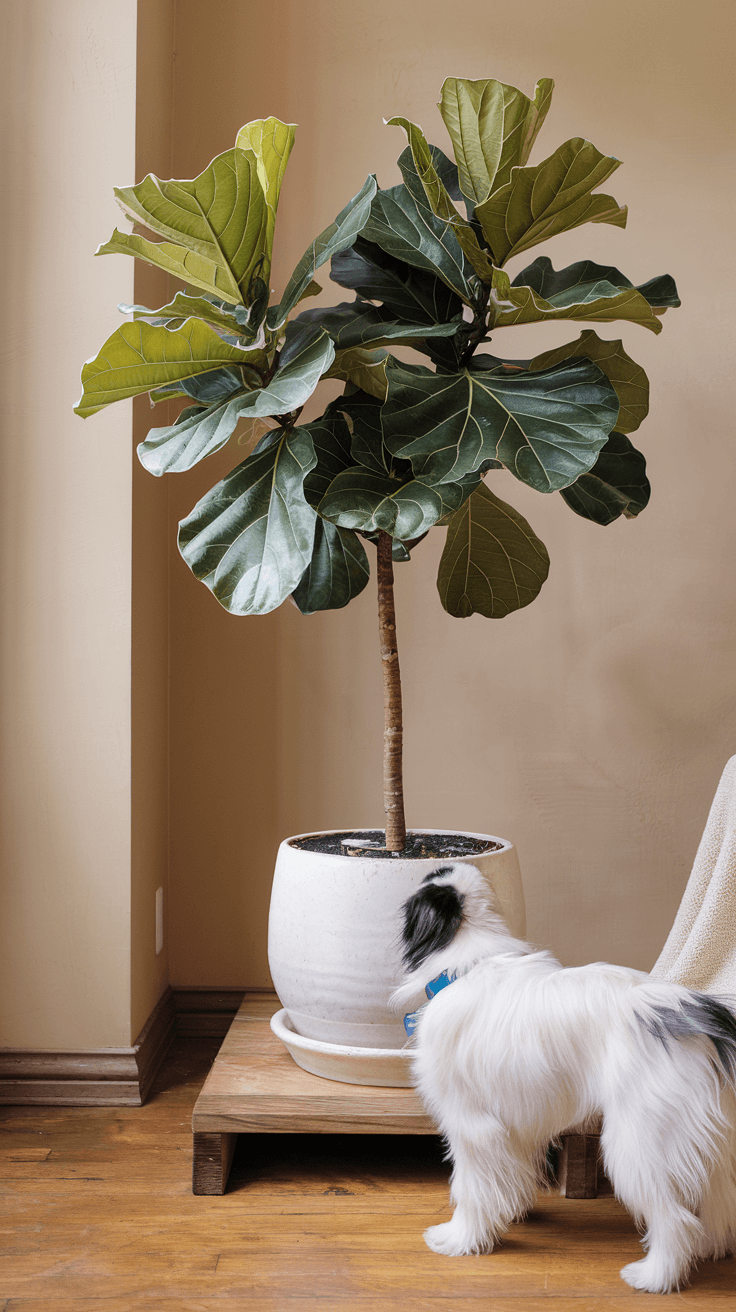
Balancing plant preferences with pet safety requires honest assessment of your specific situation. Households with well-trained adult dogs who’ve never shown plant interest face different risk profiles than homes with puppies, bored dogs, or breeds prone to indiscriminate chewing.
Consider your lifestyle factors—are you home most of the time to supervise, or does your dog spend long periods unsupervised?
Many pet owners successfully maintain fiddles by implementing multiple prevention layers simultaneously—physical elevation, room restrictions, deterrent sprays, and training all work together to minimize risk.
However, this requires consistent effort and vigilance. One moment of inattention could result in exposure if the dog is particularly determined.
For some households, the simplest solution is choosing pet-safe plants from the start, eliminating worry entirely. There’s no shame in prioritizing your dog’s safety over a particular plant, regardless of how trendy or beautiful.
The peace of mind from knowing your dog can’t accidentally harm themselves by investigating houseplants is worth more than any decorative element.
If you do choose to keep your fiddle despite having dogs, commit to monitoring both the plant and your pet. Regular leaf counts help you notice if any have been damaged or removed.
Routine checks of your dog’s mouth and behavior catch problems early. Stay informed about emergency veterinary resources in your area so you’re prepared if an incident occurs.
Living Safely with Fiddles and Dogs
Successfully maintaining fiddle leaf figs in dog-friendly homes is possible but requires thoughtful planning and consistent implementation of safety measures. The toxicity is real and shouldn’t be dismissed, yet it rarely results in fatal outcomes when caught early and treated appropriately.
Understanding the mechanism of harm—those calcium oxalate crystals causing mechanical and inflammatory damage—helps you recognize symptoms quickly and respond effectively if exposure occurs.
The majority of fiddle-related poisoning cases in dogs result in temporary discomfort requiring only monitoring and supportive care rather than intensive medical intervention. However, the potential for more serious reactions exists, particularly in smaller dogs or cases involving large quantities consumed.
Evaluate your specific household dynamics honestly, implement multiple prevention strategies if you choose to keep your fiddle, and maintain emergency contact information readily available.
The goal is creating a living space beautiful enough to satisfy your aesthetic preferences while safe enough to protect the pets who depend on you for their wellbeing—and sometimes that means choosing one over the other.

